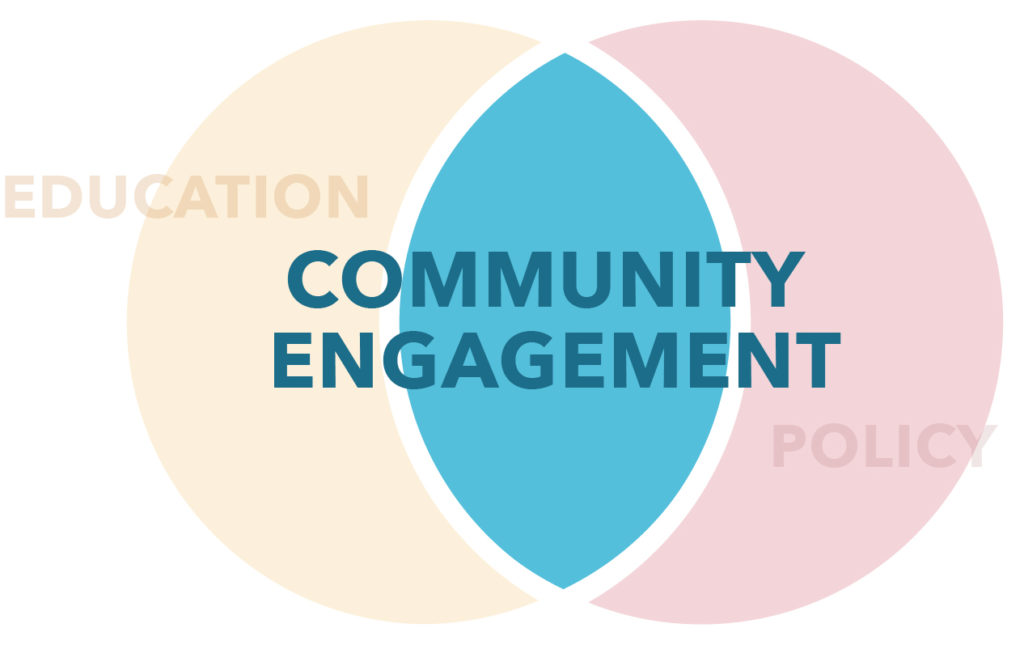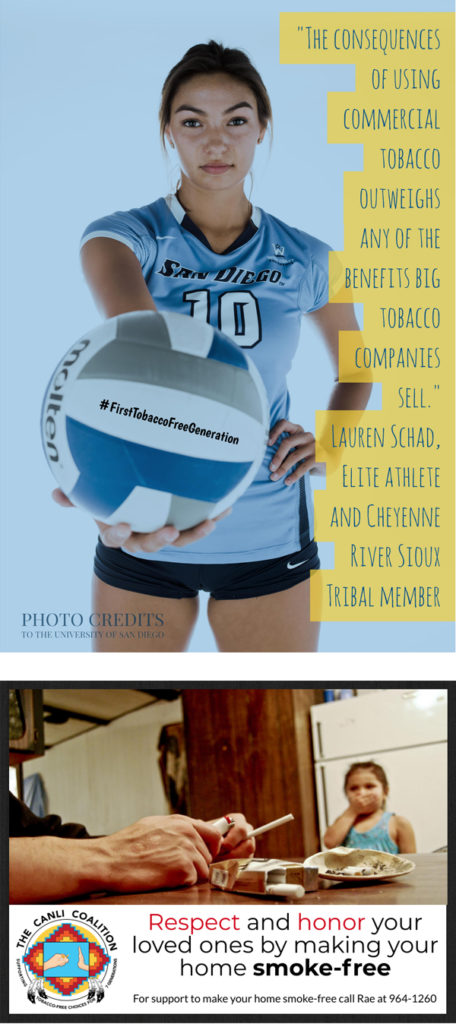Raising awareness within your community by using an educational or call-to-action message is a great way to gather support for your goal. The key to raising community-level awareness is to think “local” and make messages personal. Involving the community is key before implementing any policy. Members of the community and Tribal leaders will be more accepting if they know what is coming and have some time to process it. When policies are implemented without community input, it may be difficult to pass or may be poorly enforced.

Planning
- Identify local celebrities or role models (e.g. coaches/athletes, respected elders, kids, artists, tribal leaders, elected officials) willing to speak out on your issue.
- Create awareness materials using familiar faces, locations, or names.
- Disseminate awareness materials with help from volunteers. Explore the Digital Media and Social Media sections.
Action
Give your community a reason to care by putting the most influential people and messages front and center.
Resources
Watch the “Kids vs. Big Tobacco” RED Talk. CRST showed some local school children a mix of tobacco and candy we bought at local stores. They wondered if the kids could tell the difference with the bright colors, flashy designs, and flavors. Just who is Big Tobacco trying to fool?
Hints
- Define your target audience because messages will generally vary based on who your target is.
- Let your volunteers be the “boots on the ground” when it comes to dissemination of physical materials (brochures, posters, flyers, etc.). Before coalition meetings, prepare a stack of materials marked with the delivery location marked. Go through the stack one by one until all materials have been spoken for.
Čaŋlí Coalition Example

We gave candles to tribal decision makers to honor someone they care about who suffered or died from a tobacco-related disease. With a 51% smoking rate, no one has been untouched by the devastation of tobacco.
We also reached out to a well-known college athlete from our tribe who was very willing to provide a photo and statement about her choice to be tobacco-free.

To include cultural lifeways… we applied the Lakota virtues (e.g. honor, respect, or sacrifice) in our messaging.